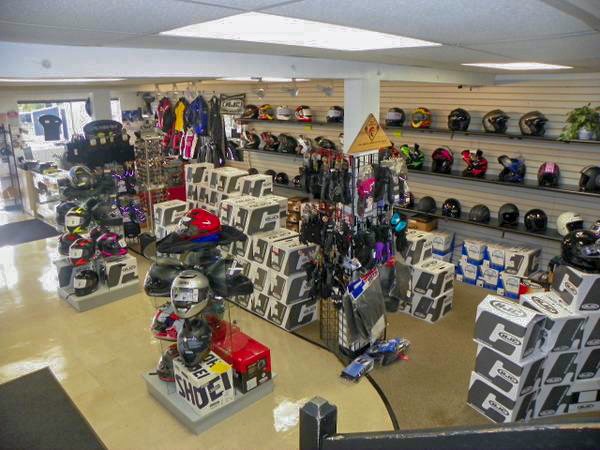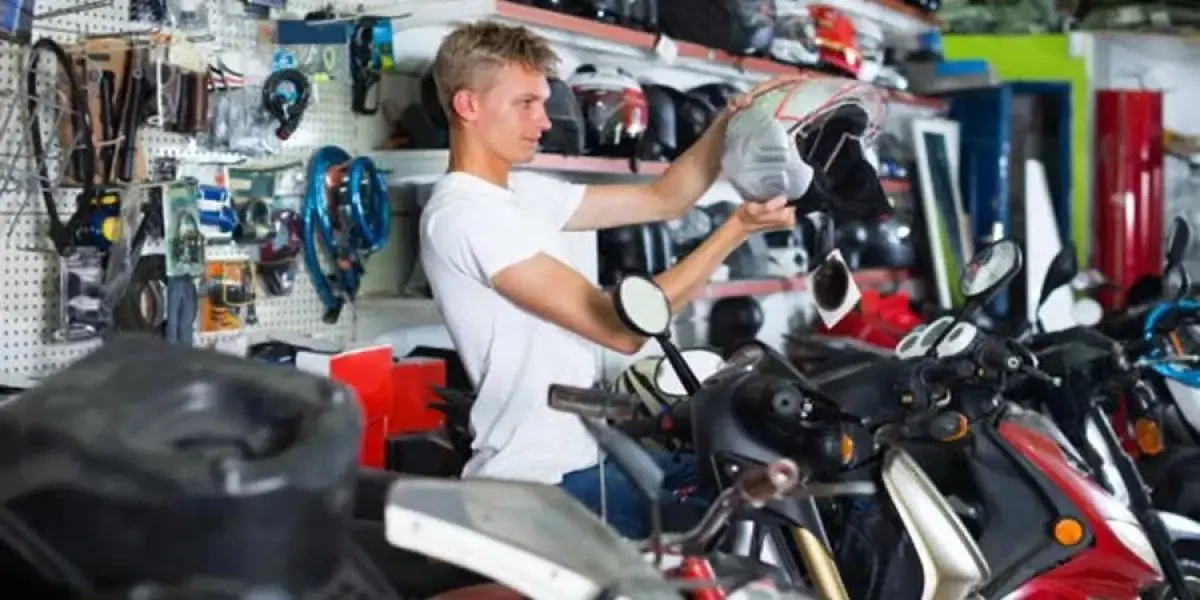See Our Motorcycle Shop for Professional Recommendations and High Quality Products
See Our Motorcycle Shop for Professional Recommendations and High Quality Products
Blog Article
Understanding the Vital Parts of a Bike: A Comprehensive Guide for Fanatics
For bike lovers seeking to boost their riding experience and guarantee their bikes run smoothly, understanding the crucial parts of a bike is paramount. Each aspect, from the engine's complex workings to the critical duty of the braking systems, not only influences performance yet likewise security and comfort. This overview will certainly walk with the fundamental parts that every motorcyclist ought to be familiar with, enabling informed options in both maintenance and possible upgrades. As we begin this expedition, one must ask: exactly how does each part interact to develop the seamless trip every fanatic seeks?
Engine Elements

The camshaft plays a vital function in regulating the timing of the engine's shutoffs, guaranteeing the exact opening and closing necessary for efficient fuel and air consumption, as well as exhaust expulsion. This timing is critical to keeping ideal engine performance and performance. Furthermore, the carburetor or fuel shot system, depending upon the motorcycle version, is accountable for blending air with fuel in the appropriate ratio for combustion.
The air conditioning system, either air or liquid-based, functions to keep the engine's temperature level within operational limits, protecting against overheating and ensuring long life - motorbike shop. Each component, carefully designed and integrated, contributes to the seamless operation of the engine, specifying the motorcycle's power outcome and total performance
Transmission System
Indispensable to the motorbike's capability, the transmission system guarantees reliable power transfer from the engine to the wheels. This system consists of a number of essential components, consisting of the clutch, gearbox, and last drive, each playing an essential role in converting the engine's power into activity. The clutch, normally run by a hand bar, offers to disengage the engine and engage from the transmission, enabling smooth equipment modifications and regulated velocity.
The transmission, typically referred to as the transmission appropriate, has a collection of gears that bikers can by hand move with to change the bike's rate and torque output. These gears are set up in a series that enables the motorbike to increase efficiently and preserve optimum engine efficiency throughout numerous speeds. The majority of motorcycles utilize a consecutive gearbox, needing the biker to shift equipments in an established order.
Braking Devices
While recognizing the transmission system is crucial to taking advantage of a motorbike's power, similarly vital is the ability to regulate and stop that power effectively, which is where stopping devices come into play. Brakes are important for safety and security and efficiency, supplying the cyclist with the needed control to navigate numerous terrains and problems. Normally, motorbikes include two sorts of stopping systems: disc brakes and drum brakes.
Disc brakes are much more common in modern motorbikes due to their exceptional performance. This system provides far better heat dissipation, constant efficiency, and boosted stopping power, specifically in wet problems.
Alternatively, drum brakes, though less common, are still discovered in some motorcycles. They work by pressing brake shoes versus the inner surface area of a drum connected to the wheel. While usually much less reliable in warmth dissipation and quiting power, drum brakes are easier and more cost-efficient.
Understanding these braking systems' subtleties permits riders to preserve their motorcycles correctly and value the design that makes sure secure and reliable stopping.
Suspension and Steering
Suspension and guiding systems are essential parts that dramatically influence a motorbike's handling and adventure comfort. The suspension system, containing forks at the front and shock absorbers at the rear, soaks up roadway irregularities, enhancing security and control. Front forks, commonly telescopic or inverted, compress and rebound to minimize influences, while back shock absorbers maintain tire call with the roadway, important for traction and safety.
Steering, focused around the handlebars, links the biker to the motorcycle's directional control. The steering head bearings guarantee smooth operation, allowing exact ability to move. Correct placement and upkeep of these bearings are vital for predictable steering action and decreasing rider exhaustion.
The suspension's adjustability is one more vital element; preload, damping, and rebound settings permit modification to fit numerous riding conditions and designs. This versatility is crucial for enhancing efficiency, whether navigating city streets or check it out taking on tough routes. Technologies like digital suspension systems supply real-time changes, enhancing trip high quality across diverse terrains.

Electrical Equipments
After making certain a smooth and regulated adventure through reliable suspension and steering systems, attention turns to the electrical systems, an essential element of modern bikes. These systems play an essential duty not only in starting the engine yet also in powering different parts that enhance the functionality and safety and security of the motorcycle.
At the heart of a motorbike's electrical system is the battery, which shops electric energy essential for starting the engine and powering auxiliary systems - mx parts nz. The generator or generator, paired with the rectifier-regulator, ensures the battery stays billed while the bike functions, converting power into electrical energy and keeping voltage levels
The ignition system, another important part, is responsible for sparking the air-fuel combination in the engine's gel seat for motorcycle cylinders. Modern motorbikes commonly use a digital ignition system, supplying higher effectiveness and integrity contrasted to traditional systems.
Lights systems, including fronts lights, tail lights, and indications, are also crucial, guaranteeing visibility and safety for the rider. Additional digital parts such as sensors, control systems, and presents add to sophisticated functions like fuel shot administration, anti-lock stopping systems (ABDOMINAL MUSCLE), and electronic control panels, further enhancing the riding experience.
Conclusion
A thorough comprehension of a motorbike's essential components, consisting of the engine, transmission system, braking mechanisms, suspension, steering, and electric systems, is essential for fanatics intending to maximize convenience, efficiency, and security. Proficiency of these elements permits notified decisions relating to maintenance and upgrades, eventually enhancing the riding experience. By incorporating this understanding, bikers can ensure their bikes run at peak effectiveness and dependability, consequently making best use of both pleasure and durability of their automobiles.
For bike fanatics looking to elevate their riding experience and ensure their bikes run efficiently, recognizing the important elements of a motorbike is critical.Important to the motorbike's performance, the transmission system ensures reliable power transfer from the engine to the wheels.While understanding the transmission system is crucial to harnessing a motorbike's power, similarly vital is the ability to regulate and stop that power properly, which is motorcycle paint shop near me where braking systems come into play. Typically, motorbikes include 2 kinds of braking systems: disc brakes and drum brakes.
A detailed comprehension of a motorcycle's important components, consisting of the engine, transmission system, stopping systems, suspension, steering, and electric systems, is indispensable for lovers aiming to enhance convenience, efficiency, and safety and security.
Report this page